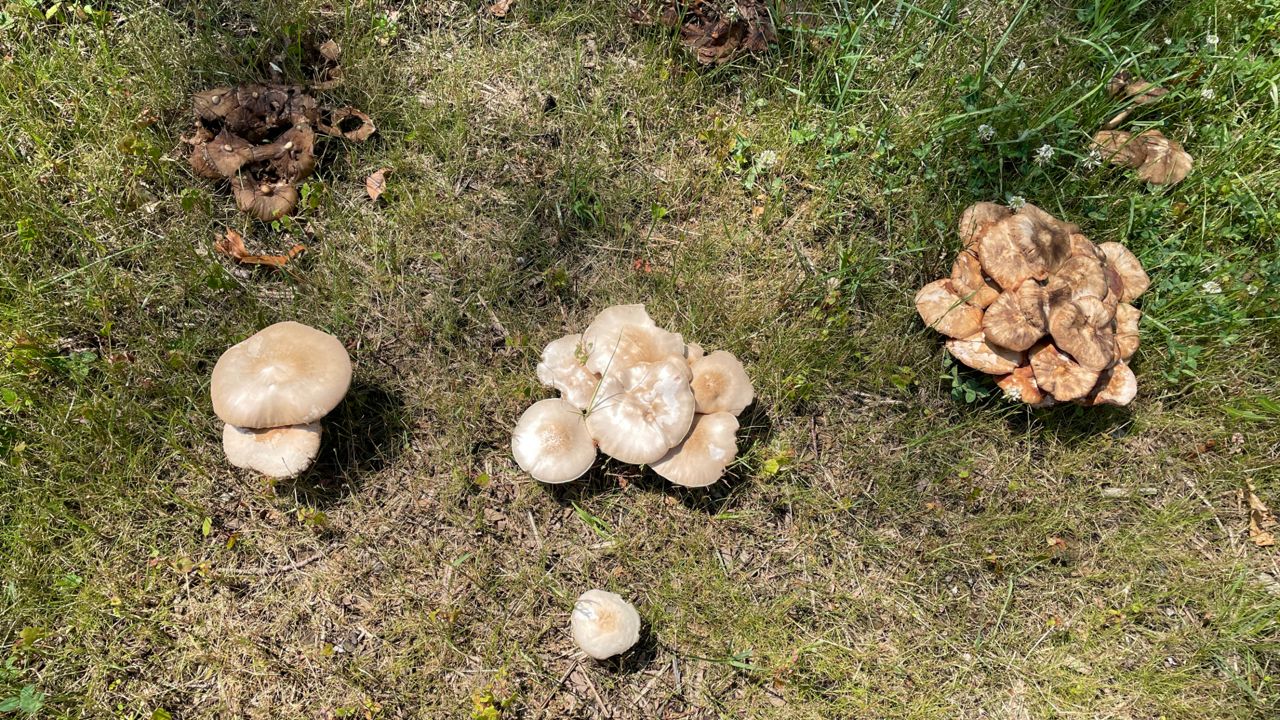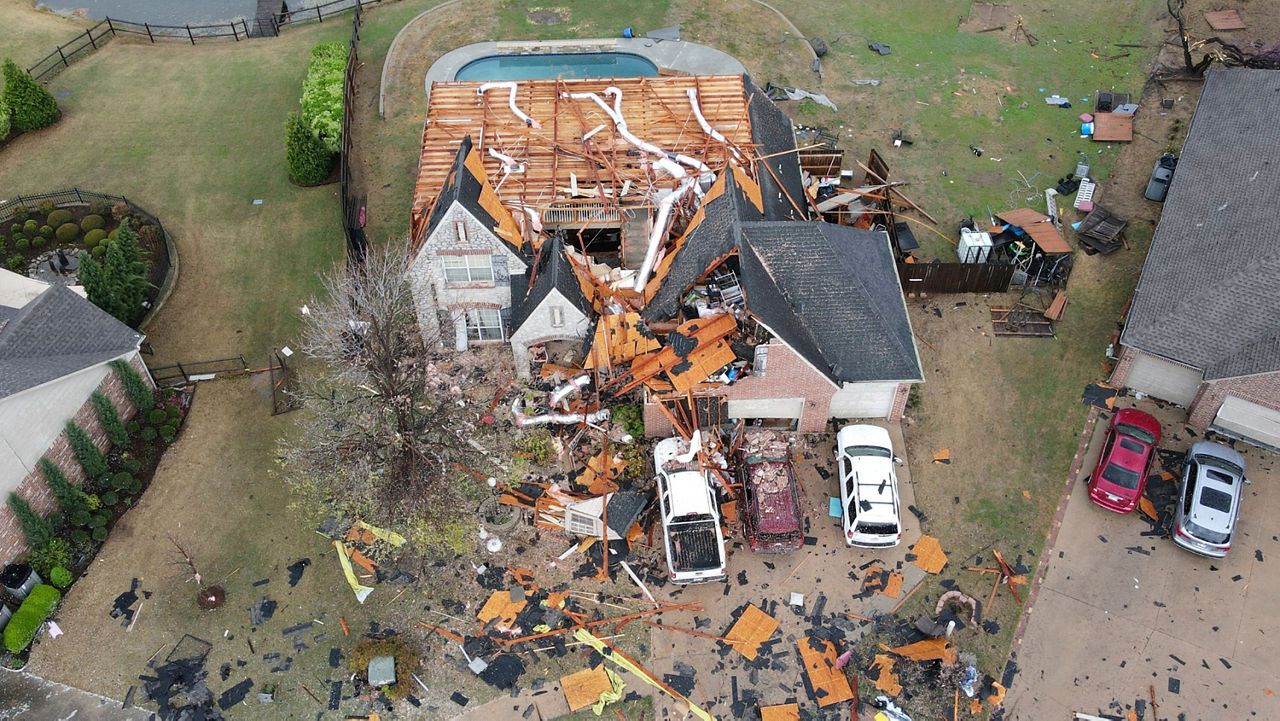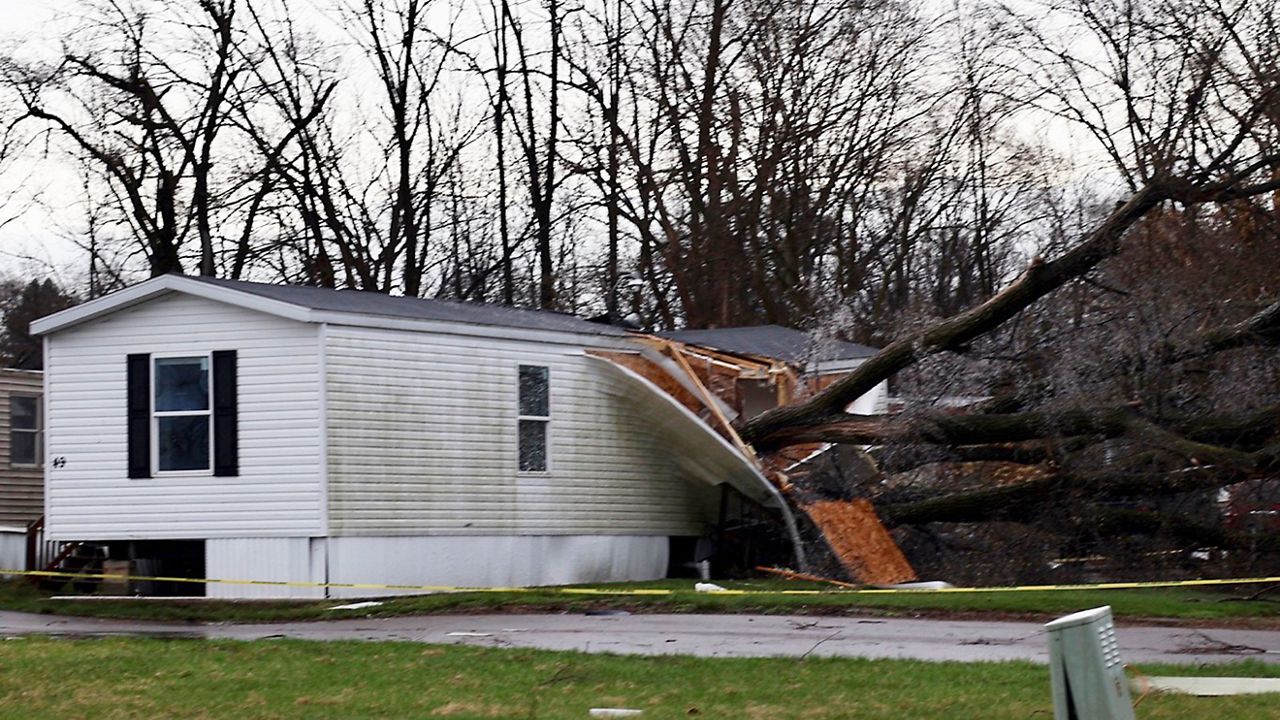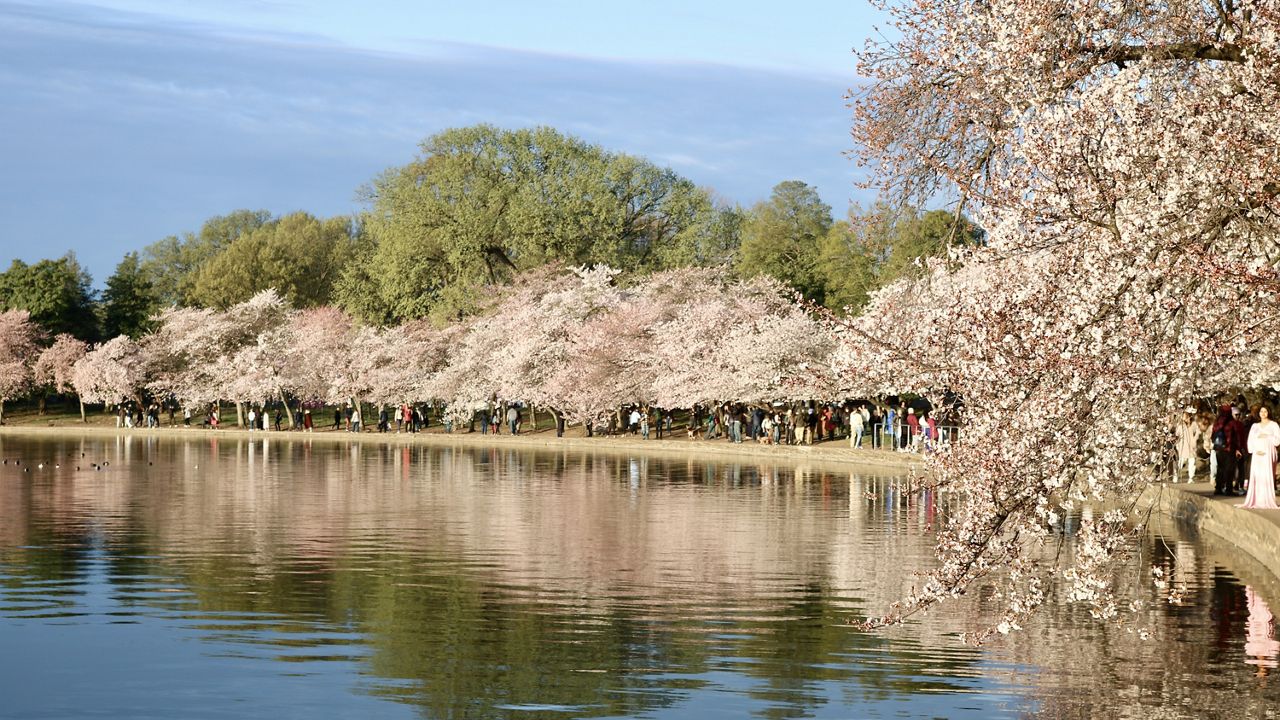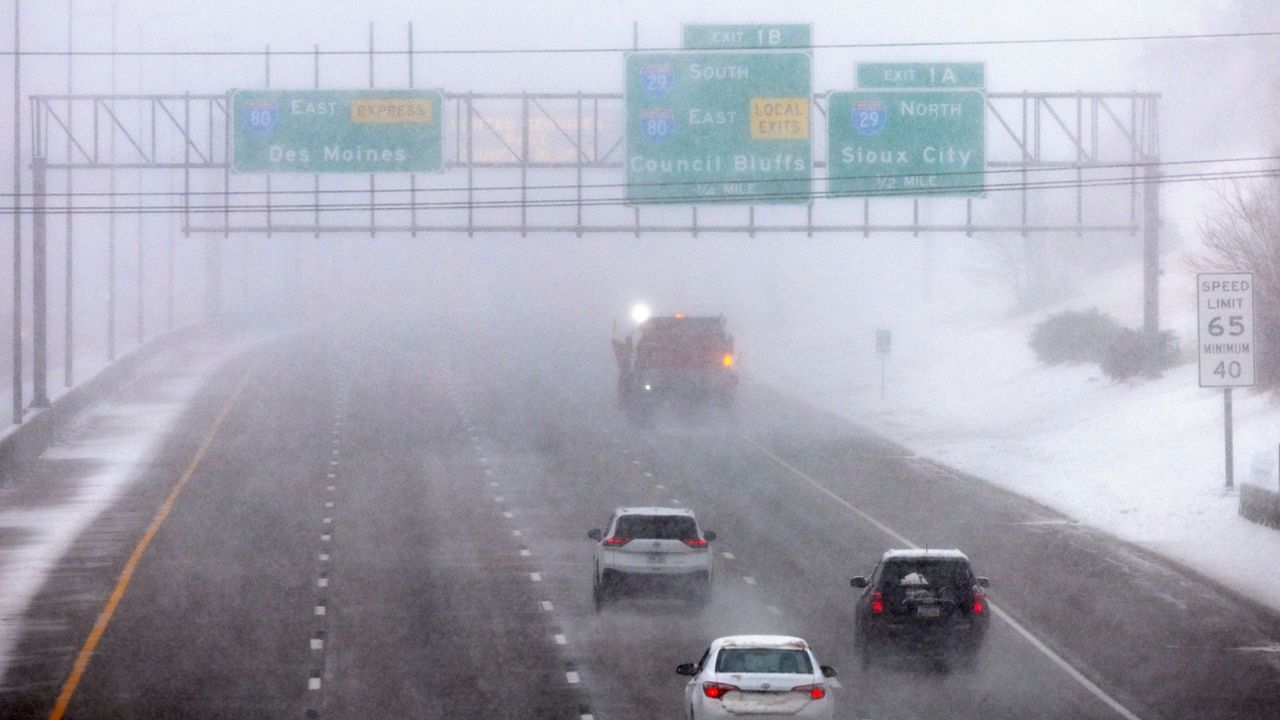Upon returning from vacation recently, I went outside to check on my yard, figuring with the rain we received the week we were gone, the grass would likely be tall. What I noticed was the grass was not super high and mushrooms were growing in the yard.
A group of mushrooms on a mound that used to be a large pin oak tree.
The tree and stump were taken out of our yard a year prior and grass had only grown this spring.
Despite the wet May, June only recorded 1.12 inches of rain for the entire month returning dry drought conditions to the region. With heavy rain on July 3 and 4, I thought that could have accelerated the growth of the fungi. I couldn’t be the only one with mushrooms growing in their yard.
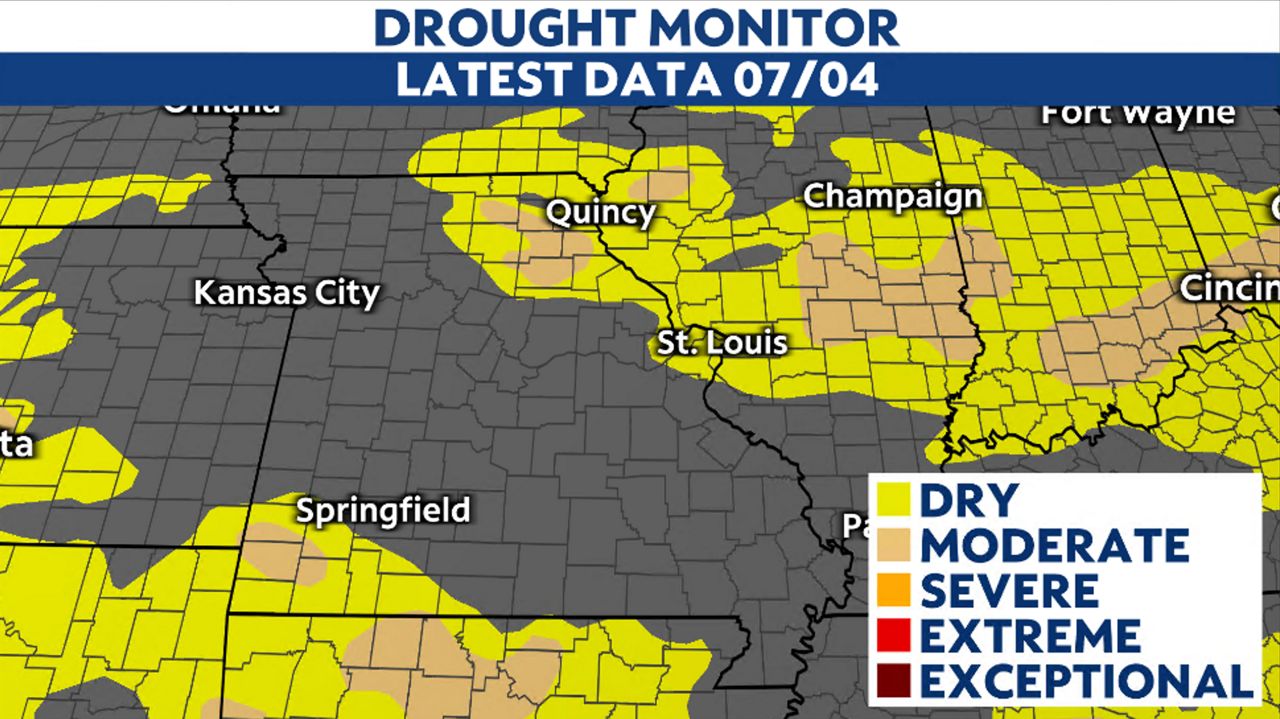
I reached out to Malissa Briggler, a botanist that works for the Missouri Department of Conservation and self-taught mycologist. Her expertise includes mushroom identification.
It’s not uncommon to find fungi growing on any type of organic material, such as the mound where a former tree stood. Briggler says, "It is not rare to find fungi during a dry period, although more does grow after rainfall."
"I can’t say for certain the species of mushroom this is. My guess would be a type of honey mushroom, but I’d need to see the underside to make a better call on that."
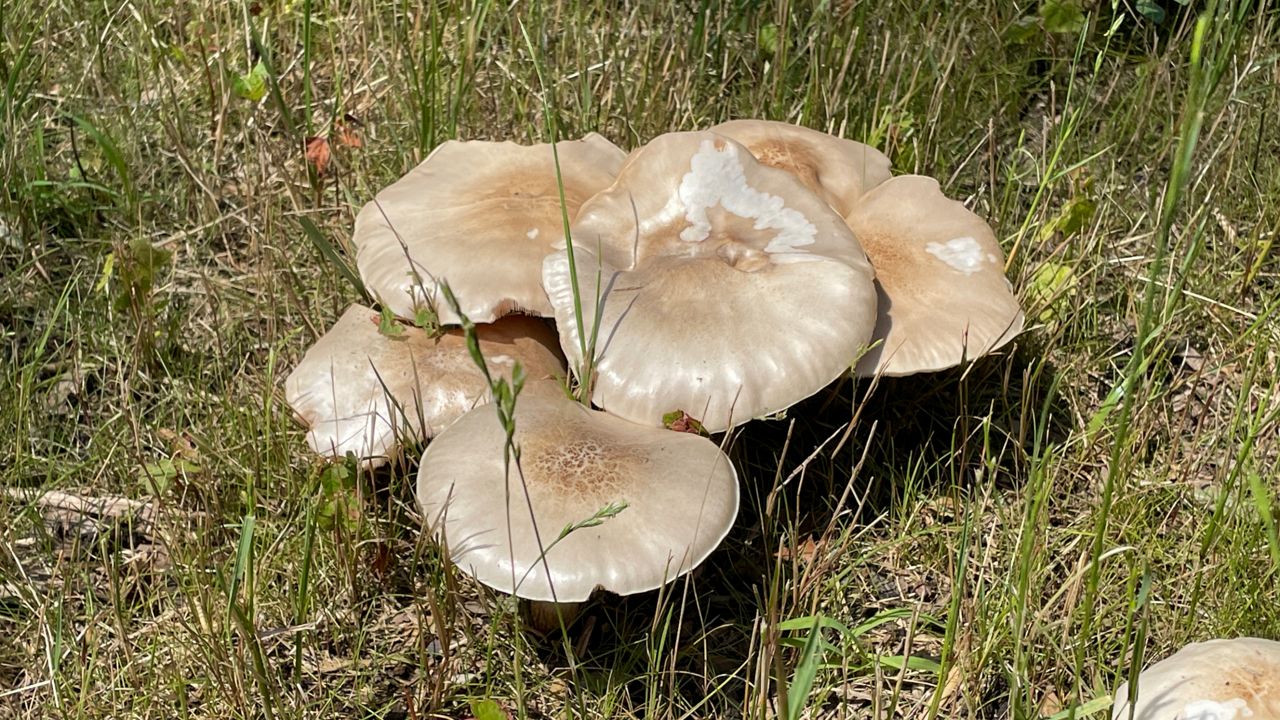
Since Boomer the dog uses the yard frequently, I asked Briggler if the fungi is safe for him.
"The only way to tell if a mushroom is poisonous is to first identify it and research that species," she says.
Adding, "Some are edible, and some are not. They all look very similar."
Briggler does not recommend eating it and thankfully, Boomer the dog has shown no interest in snacking on it.
She suggested I remove the mushroom but stressed, "They’ll likely be back next fall, but it doesn’t take much to remove them. They don’t quickly ‘sprout’ back like a plant would."
And she added, "Springtime is usually the time of year we see the most mushroom growth. Fall would be the second-greatest uptick, but we get these dry spells too."
According to Scotts, a lawn care and maintenance company, the best way to eradicate mushrooms from your lawn is to dig them out. "Use a shovel or spade to dig out the cluster of mushrooms. Dig at least 12 inches down to remove as much of the fungus as possible."
Here are some tips to ensure they won't return the next season:
- Water the lawn early in the morning so it has time to dry before dark. Keep to about one inch of water per week.
- Aerate the lawn for better drainage and air circulation.
- Trim trees and bushes and mow often to let additional sunlight through, limiting shaded areas.
- Remove organic matter. Clean up dead tree roots, old mulch, decaying leaves, wood and pet waste. Don't leave grass clippings on the lawn.
- DIY fungicide one: After you pull out the mushrooms, apply a mix of five tablespoons of vinegar per one gallon of water to the areas that had mushrooms.
- DIY fungicide two: After removing the mushrooms, add a few drops of dish soap to the area.
Our team of meteorologists dives deep into the science of weather and breaks down timely weather data and information. To view more weather and climate stories, check out our weather blogs section.





